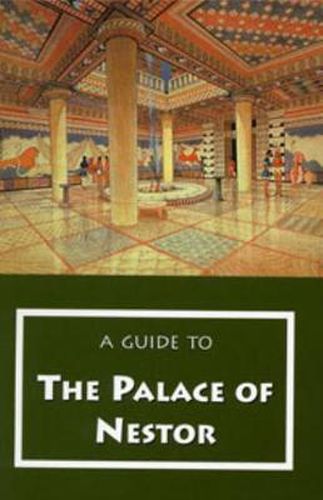Readings Newsletter
Become a Readings Member to make your shopping experience even easier.
Sign in or sign up for free!
You’re not far away from qualifying for FREE standard shipping within Australia
You’ve qualified for FREE standard shipping within Australia
The cart is loading…






In spring 1939, as the prospect of war loomed, a joint Greek-American archaeological expedition began excavation on the hill of Epano Englianos, high above the modern town of Pylos in southwest Greece. Almost immediately more than 600 tablets bearing inscriptions in Linear B script were uncovered, as well as stone walls, fragments of frescoes, and stucco floors. The discoveries were kept secret during the war years and it was only in 1952 that the project could return to uncover, over 15 seasons, the Mycenaean building now know as the Palace of Nestor. This beautifully illustrated color guide surveys the buildings and objects discovered and reconstructs life in the citadel and its associated tombs. It also describes the surrounding landscape, using evidence uncovered by the Pylos Regional Archaeology Project which surveyed the wider area around the palace between 1992 and 1995.
$9.00 standard shipping within Australia
FREE standard shipping within Australia for orders over $100.00
Express & International shipping calculated at checkout
In spring 1939, as the prospect of war loomed, a joint Greek-American archaeological expedition began excavation on the hill of Epano Englianos, high above the modern town of Pylos in southwest Greece. Almost immediately more than 600 tablets bearing inscriptions in Linear B script were uncovered, as well as stone walls, fragments of frescoes, and stucco floors. The discoveries were kept secret during the war years and it was only in 1952 that the project could return to uncover, over 15 seasons, the Mycenaean building now know as the Palace of Nestor. This beautifully illustrated color guide surveys the buildings and objects discovered and reconstructs life in the citadel and its associated tombs. It also describes the surrounding landscape, using evidence uncovered by the Pylos Regional Archaeology Project which surveyed the wider area around the palace between 1992 and 1995.